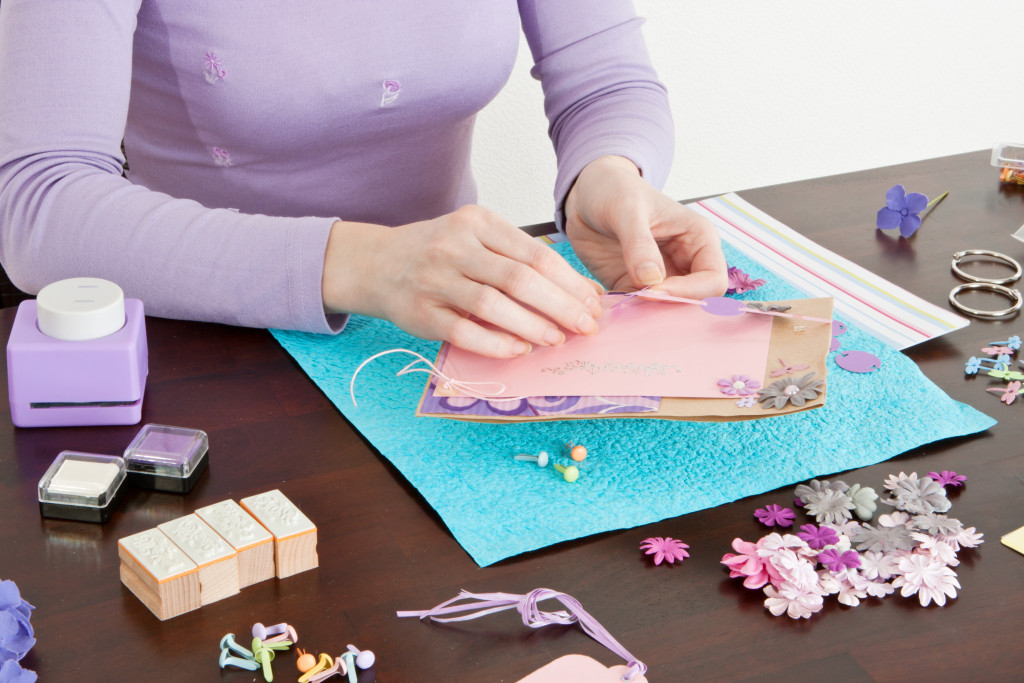Modernization and technology have shaped the way things run in the modern world. For instance, working in shared workplaces has become a common thing for many businesses, both established and startup. That is because of the benefits that these shared workspaces offer to businesses. First, co-working saves on the costs of renting commercial space. Second, these spaces allow for better social interaction. Employees are also highly productive in shared workplaces than in independent workspaces.
One thing that co-working or shared workspaces share with traditional workspaces is the code of conduct. Whether the code of conduct is laid out or spoken out, these rules aim to promote peaceful coexistence in the workplace. Some of these rules include:
Boundaries
Although the workspace is shared, there are physical boundaries between different workstations. It is essential that you respect those boundaries and only stick to the physical space that is allocated to you. There are communal spaces such as the eating area, grooming area, and relaxing area where you will meet with other employees. In the communal spaces, you can interact with other employees freely without fearing crossing boundaries.
Minimize the Noise
Noise, both necessary and unnecessary, can be distracting in workspaces. Activities such as making phone calls, playing music, and engaging in talks with fellow employees can distract other employees even though they could be important. When playing music, ensure that you use headphones or play on low volume. Talks among employees should happen in designated places where you will not disturb other people.
Privacy
It is important to mind your business at work, especially when sharing workspace with other employees. Since the office plan is open, one can easily see what the other person is doing. However, it is courteous of a person to stick to their desk.
Cleaning Your Workplace
Cleanliness is equally important in traditional workspaces. However, it is more important in shared workspaces. Cleaning the workspace after using it makes it look neat. Also, other workers can use the workspace after someone leaves.
Do Not Work When Sick

In shared workspaces, the office plan is open. That means when one is sick and is sneezing, coughing, or sniffling, it will not only distract the others but also increase the risk of infecting others, especially in the event of air-borne diseases. If you need to report to work, working in a secluded area and observing utmost hygiene will protect the others, too.
Shared workspaces are the future of workplaces and in that case, more people will embrace this kind of work environment. For the work model to work, there has to be rules that employees must abide by. In most cases, you will find these workspace rules written in the agreement that anybody hiring the workspace signs. You can also find an outline of these rules in one of the common places within the office space.
Nevertheless, these rules are essential in ensuring that every person concentrates on their work. That way, this flexible work environment will work for all individuals regardless of the business they run.








